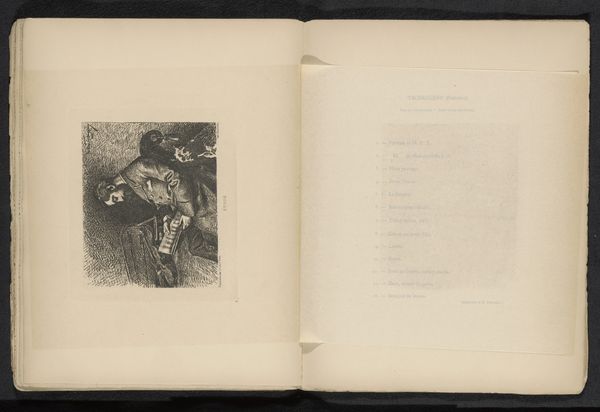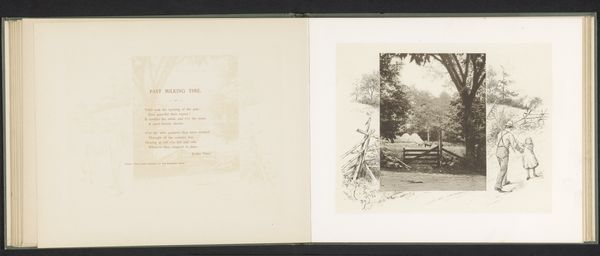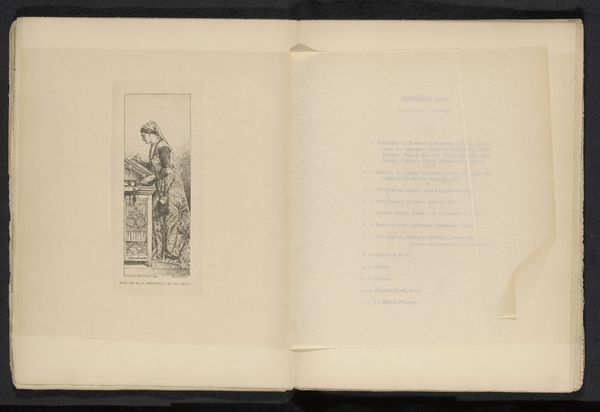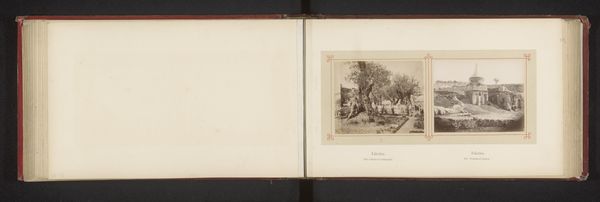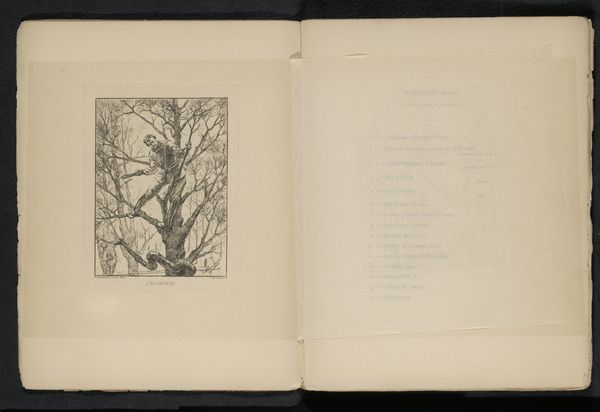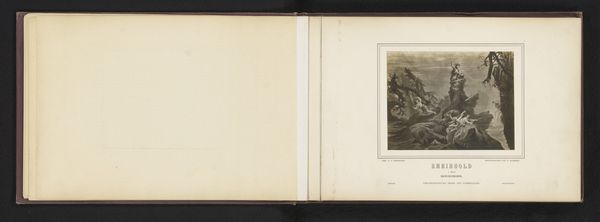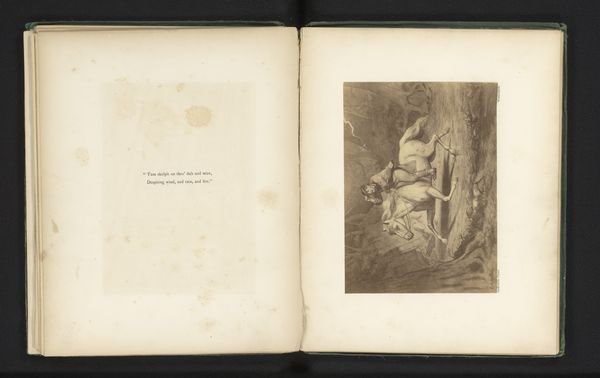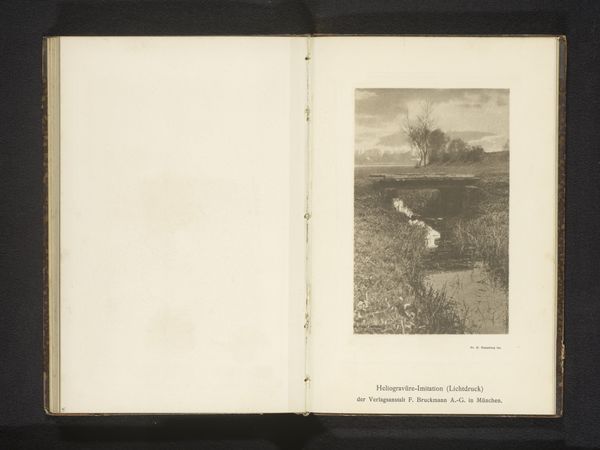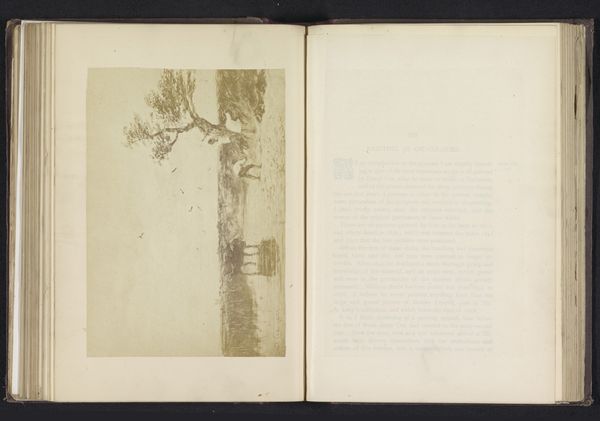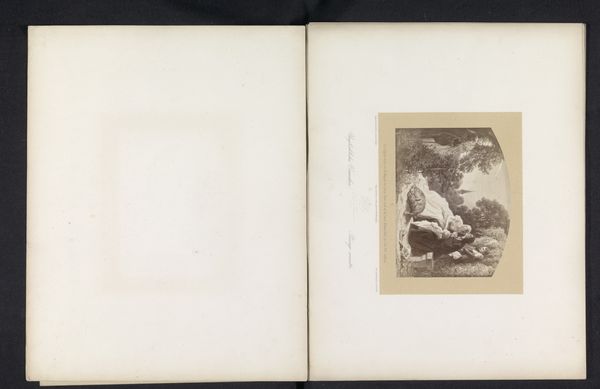
Reproductie van een tekening van een maaiende man door Isidoor Verheyden before 1883
0:00
0:00
drawing, pencil
#
drawing
#
landscape
#
pencil
#
genre-painting
Dimensions: height 125 mm, width 118 mm
Copyright: Rijks Museum: Open Domain
Curator: This is a reproduction of a drawing by Isidoor Verheyden, entitled 'Reproductie van een tekening van een maaiende man' - or 'Reproduction of a Drawing of a Mowing Man', dating from before 1883. Editor: The immediate impression is one of simple labor and rural life—almost pastoral, though touched by a starkness. The figure bending to the harvest…there’s an underlying feeling of weariness there. Curator: Well, let's think about that labor, and what’s physically represented here. Look at the medium: pencil on what appears to be aged paper, a mass produced support, cheap at the time for widespread consumption, and easily reproduced thanks to developments in printmaking technologies of the time. That itself speaks to a wider audience consuming images of rural labor. Editor: Exactly. These were not simply images of "rural bliss", but representations carefully constructed and often romanticized to create national narratives. How much does this contribute to the growing sense of class disparity at the time, of people removed from rural lives but now purchasing images depicting them? The act of reproducing images such as these flattens the socio-economic dimensions into something consumable. Curator: Consider the means by which it would be published—probably as illustration for one of the widely distributed magazines of the late 19th century. Think of the labor involved at every level, from the original artist, right through to the distribution networks dependent upon child labor at that time. Editor: You're bringing a starkness to the reality. It’s impossible to detach the subject – the representation of labor – from the material processes that enable the making and distributing of an artwork such as this. In a broader scope, whose narratives were highlighted, and whose were deliberately not highlighted, for various strategic political and commercial reasons? Curator: It prompts a reconsideration of art history's conventional focus on “genius” – particularly individual painting in oil and unique bronze sculptures. Pencil drawings for reproductive illustration offer a more useful ground for thinking about the economic foundations underpinning the art world. Editor: Yes, challenging art history by spotlighting works of drawing for printed mass reproduction. A humble farm laborer becomes an intricate cog in the mechanics of burgeoning capitalism, and Verheyden's picture opens pathways to understanding far greater structures of marginalisation. Curator: Absolutely. Material culture studies helps unpack those hidden connections. Editor: Precisely! Let's unearth those untold, complex connections!
Comments
No comments
Be the first to comment and join the conversation on the ultimate creative platform.

